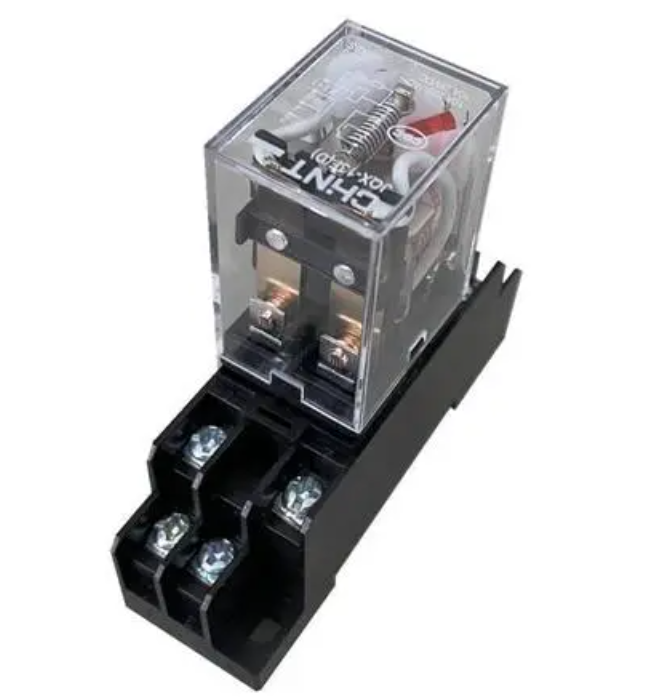1. Determine the necessary conditions for selecting relays
Before selecting a relay, you must first have an in-depth understanding and evaluation of a series of necessary technical parameters. This includes the supply voltage and maximum current that the control circuit can supply, as well as the voltage and current characteristics in the controlled circuit. Not only that, it is also necessary to clarify the number and form of contact groups required for the controlled circuit. Typically, the supply voltage of the control circuit is the primary consideration in selecting a relay. This is because the normal operation of the relay requires sufficient operating current provided by the control circuit. If the power supply is insufficient, the relay's pull-in will become unstable, thus affecting the reliability of the entire circuit system. Therefore, an in-depth understanding of these basic conditions is not only a prerequisite for selecting relays, but also the key to ensuring successful circuit design.
2. Check the information to determine the usage conditions and model
After initially determining the basic selection conditions for relays, the next step is to accurately select the appropriate relay model and specifications by consulting technical data. At this stage, you can use the technical manuals or online databases provided by the manufacturers to find relays that match the application requirements. If you already have certain types of relays on hand, you should carefully check their specifications to confirm whether they can meet the current design needs. Additionally, the size of the relay is an important consideration, especially when space is limited. The correct relay not only needs to meet the requirements in terms of electrical parameters, but also physically fits the layout of the circuit board and the space of the chassis to ensure compact and efficient operation of the entire system.

3. Consider appliance volume and application scenarios
When selecting a relay, the volume and application scenarios of the appliance are also factors that cannot be ignored. For general electrical appliances, in addition to considering the volume of the chassis, you also need to pay attention to the installation layout of the circuit board. This means that the compatibility of relay size and circuit board layout needs to be considered early in the design process. For smaller electronic products, such as children's toys or remote control devices, it is especially important to choose ultra-small relays. Such a choice can not only meet functional requirements, but also optimize the use efficiency of internal space while ensuring product appearance and portability. Therefore, whether in the design or selection stage, it is necessary to make a reasonable relay selection based on specific application scenarios and space constraints.
